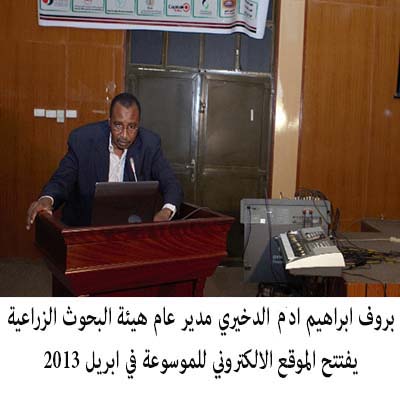الكيمياء الحيوية وتكنولوجيا الاغذية
. PRODUCTION OF SUGAR CANE AND FIELD CROPS
1.1 The land development
This phase involves clearing bush and forests, stump removal, and levelling and grading land in preparation for gravity irrigation. However it is also often necessary to do further work on land that has already been brought into cultivation where the crop cultivation system is to be changed. For example, major soil works may be required to allow for or to improve crop mechanisation, fill low spots, cut high spots, change field sizes and shape when necessary and strengthen roads. It may also include work to improve soil conservation by building contour bunds and improving drainage. The proposed plantations will be large and privately operated and provide investment opportunities for local and international investors. Under the project water will be delivered to the tertiary canal off take. The investors will be responsible for the design and operation of their own on-farm irrigation systems. Their responsibilities will include initial land preparation including bush clearance, land levelling and grading. They will also be responsible for the construction of canals below minor level and tertiary surface drainage system.
There will be a second group of smaller farms (out growers) covering around 16% of the area where the project will be responsible for all initial land preparations, including bush clearance and land levelling and on-farm irrigation and drainage.
Tree and bush clearance: The vegetation on the proposed area is currently highly variable mainly by topography. As a rough estimate 60% of the area is covered with shrubs and the remainder is split between bare sand and basins. A very small portion of the area is in a forested area formerly classified but now completely degraded; downgrading has already been suggested by recent studies. The clearing will be carried out Bulldozer equipped with a blade clearance and a rip in 2 or 3 teeth at the back. Vegetation will be swathed and then burned. Mechanical tree clearing in areas with high vegetation intensity needs to be supplemented with hand clearing after mechanical digging or raking operations and before rough levelling with a chain or initial levelling with a land plane to insure that roots are completely removed from the soil.
It is assumed that 235 hp crawler tractors will be used for areas with very high or medium intensity of tree vegetation, whilst 160 hp tractors will be adequate for the low vegetation density areas. For areas of high to medium intensity two 235 hp tractors towing a chain, with an additional tree-pushing tractor, are needed as part of the working unit. It is assumed that root ploughing will be necessary in areas of very high vegetation intensity. Two 160 hp tractors towing a chain as a working unit will be used for areas with a low vegetation density. As mentioned above, it is assumed that land development of plantations will be the responsibility of the investor. This assumes that land clearance will be done in one year. If the clearance period is two years the machinery numbers can be halved. It is assumed there will be four teams, three equipped with 235 hp crawler tractors with a bush rake and a root plough and one having 160 hp tractors. The latter will be used only for the less dense A. mellifera bush. Each chaining unit should be equipped with an anchor chain and be a self contained unit with its own tents, tools, fuel and water trailers, air-compressor, mobile welding plant, a light tractor with trailer, and a suitable cross country vehicle. The team should be under supervision of one leader.Click here to View


